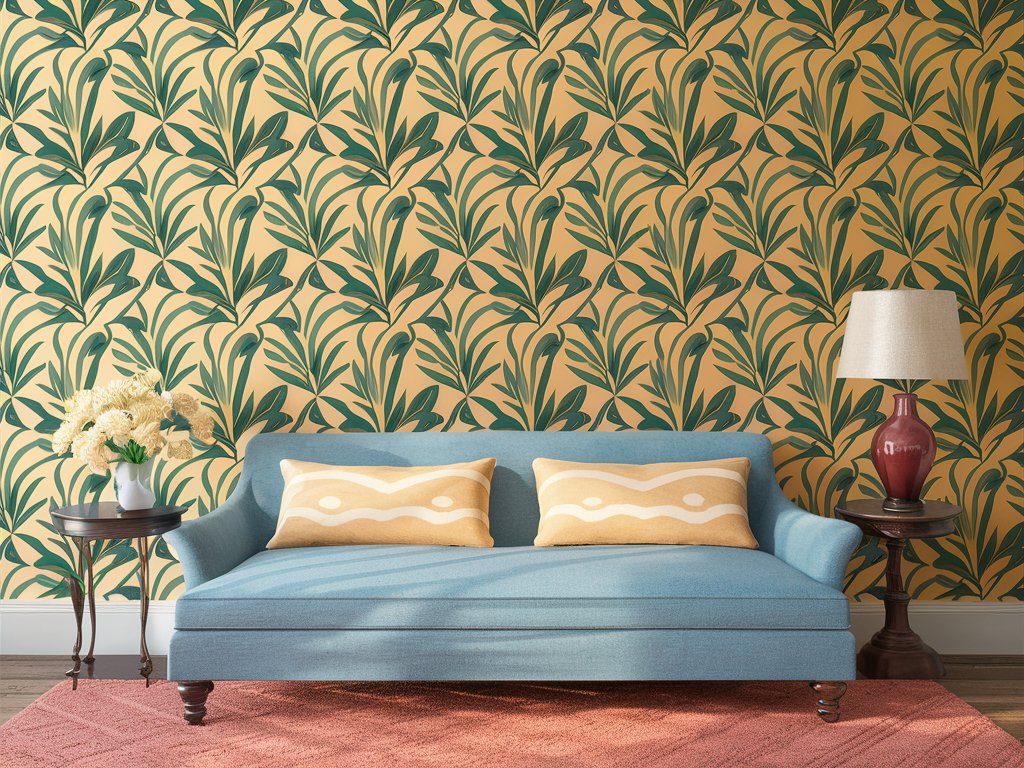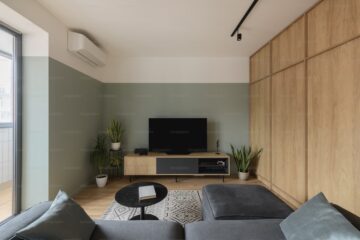Decals for wall is essentially decorative stickers designed specifically for smooth surfaces like walls, but not only. They are made from vinyl or a similar material that allows them to be removed or repositioned without damage to the underlying paint or wallpaper. This makes them especially appealing for temporary or evolving decor needs, like in a child’s room, where tastes and interests might change faster than you can keep up!
Historical Snapshot
The concept of sticking decorative elements to walls isn’t new—we can trace similar practices back to ancient times when frescoes and tapestries adorned the walls of the well-to-do and royals. Fast forward to the more modern equivalent, decals began to gain popularity as a decor option in the mid-20th century with the rise of the plastics industry.
The real boom in consumer-friendly wall decals came with advancements in adhesive materials and digital printing technology in the late 1990s and early 2000s. This tech made it possible to produce colorful, intricate designs that were both affordable and easy to install.
Today, you can find decals in a myriad of designs—from cartoon characters, educational themes like maps and animals, inspirational quotes, to more sophisticated and artistic images that can suit any age and aesthetic preference. The ease of application (usually just peel and stick) and risk-free removal has made them especially popular in rental spaces, children’s rooms, and for seasonal decorations.
Types of Wall Decals
1. Vinyl Decals
- Pros: Vinyl is the standard bearer in the decal world due to its durability, ease of application, and cost-effectiveness. It’s water-resistant, which makes it suitable for rooms like kitchens and bathrooms, and it peels off without leaving residue, preserving your walls.
- Cons: While vinyl is versatile, it’s not the most eco-friendly option as it’s a form of plastic and not biodegradable.
2. Fabric Decals
- Pros: Fabric decals offer a more upscale and textured look compared to their vinyl counterparts. They’re often made from polyester or other cloth fibers, giving them a softer appearance and can sometimes be repositioned more easily without losing stickiness.
- Cons: They may not be as moisture-resistant as vinyl, which can limit their use in high-humidity areas unless specifically treated.
3. 3D Decals
- Pros: 3D decals add a pop of flair with elements that physically stand out from the wall, creating a dynamic visual impact. They’re great for themed rooms or as focal points in a space.
- Cons: These can gather dust and require more careful cleaning. Also, depending on the adhesive, they may be harder to remove than flat decals.
4. Eco-Friendly Decals
- Pros: Made from sustainable materials or designed to be biodegradable, eco-friendly decals are perfect for those looking to minimize environmental impact. They often use water-based adhesives and inks that are less toxic.
- Cons: They might come with a higher price tag due to their specialized materials and production processes.
Why They’re Great for Kids’ Spaces
- Customization: Allows kids to participate in decorating their own space, giving them a sense of autonomy and personal expression.
- Flexibility: As interests change, the decals can be swapped out easily without fuss or a big commitment.
- Creativity: They can mix and match different decals to create a storyboard or theme in their room.
Use and Longevity
- Application: Applying decals is straightforward—ensure the selected surface is clean, dry, and smooth for optimal adhesion.
- Durability: Most decals are designed to last several years if not disturbed too often. However, frequent repositioning can reduce their stickiness.
- Removal: When it’s time for a change, they peel off easily without residue, although it’s wise to follow any specific removal instructions provided by the manufacturer to avoid damage to underlying surfaces.
Pro Tip
If your little one is enthusiastic about decking out every conceivable space with decals, perhaps involve them in planning where and how to place them. This can be a fun and engaging project that channels their creativity in a cohesive, visually pleasing way.
Stretching the Canvas: Decals Across the Home
1. Living Room
- Themes: For a living room setting, consider more sophisticated or artistic themes. Nature scenes like sweeping trees or delicate floral designs can add a serene touch. Geometric patterns or abstract art can introduce a modern vibe. For a personal touch, photo-realistic decals of family pictures or favorite landscapes can make the space uniquely yours.
- Color Coordination: Stick to a palette that compliments your existing furniture and decor. If your living room has neutral tones, consider decals with pops of color for a vibrant contrast. Metallic tones like gold or silver can add a touch of luxury.
2. Kid’s Room
- Themes: This room is the playground of imagination. Space themes with stars and planets, wildlife scenes with forest animals, or favorite cartoon characters are popular. Educational decals like maps or alphabets can be both fun and informative.
- Color Coordination: Bright and playful colors work well in children’s rooms. Consider coordinating the decal colors with bedding or curtains to tie the room together. Glow-in-the-dark decals for a starry night theme can be a magical touch!
The Glow-in-the-Dark Decals Safety
Glow-in-the-dark decals are primarily safe, as they use phosphorescent materials, not radioactive ones. Here’s the scoop:
- Material Safety: Modern glow-in-the-dark items use phosphors such as strontium aluminate, which is non-toxic and non-radioactive. These phosphors store light energy when exposed to a light source and then slowly release that energy as visible light in the dark.
- Applications: Perfect for children’s rooms for both fun and functional purposes, such as creating a nightlight effect or making nighttime navigation easier.
- Considerations: While generally safe, it’s always good practice to ensure that these decals are certified for low VOC (Volatile Organic Compounds) emissions and are lead and phthalate-free, especially when using them in children’s spaces.
3. Kitchen/Home Office
- Themes: In the kitchen area, decals can include food-themed designs like fruits, coffee cups, or cheeky chef hats. If part of the kitchen doubles as a home office, consider motivational quotes or calendar decals to keep you inspired and organized.
- Color Coordination: Opt for fresh, clean colors in the kitchen like blues, greens, or yellows. These can stimulate a feeling of freshness and cleanliness. Coordinate with your kitchen cabinets or countertops for a cohesive look.
Tips for Broadening the Decal Decor
- Mix and Match: Don’t be afraid to combine different themes in a single room, especially if the room serves more than one purpose. A blend of motivational quotes and artistic elements can work well in a living space that doubles as a study.
- Scale and Placement: Consider the size and placement of decals relative to your furniture and room size. Larger decals can serve as a conversation piece in a living room, while smaller, subtler designs might be more appropriate for smaller or more cluttered spaces.
- Harmonizing Themes: While each room can have its own theme, maintaining an element that carries through all spaces can bring a sense of unity. This could be a consistent color, motif, or style.
Pulling up our creative socks and letting the ideas flow, transforming your home with decals can be as refreshing as our imaginary tea—infusing your daily environment with joy, beauty, and a touch of whimsy. With these suggestions, I trust you’ll have a grand time decorating, ensuring each space reflects its unique purpose and the personalities of those who dwell there.



